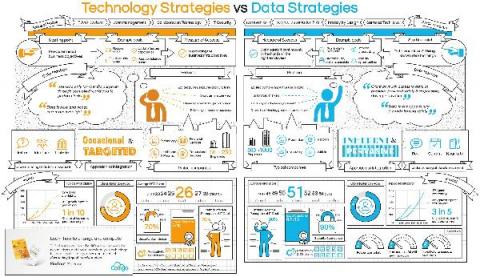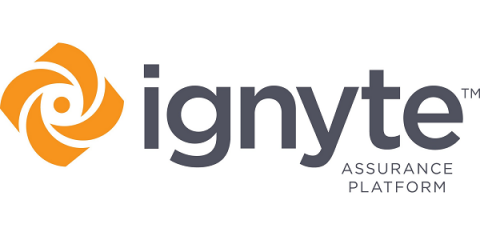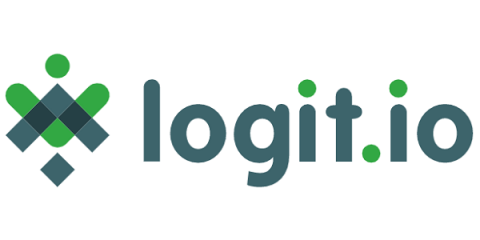What is CCPA Data Minimization?
With enhanced information security becoming increasingly more urgent, privacy protection efforts are ramping up for many industries. One of the more recent measures to address data privacy has come from the latest California Consumer Privacy Act (CCPA) Proposition 24, also known as the California Privacy Rights Act of 2020 (CPRA).










